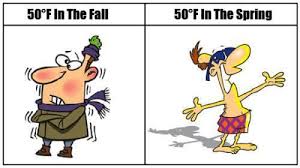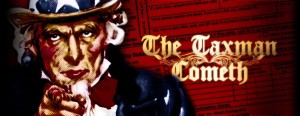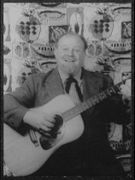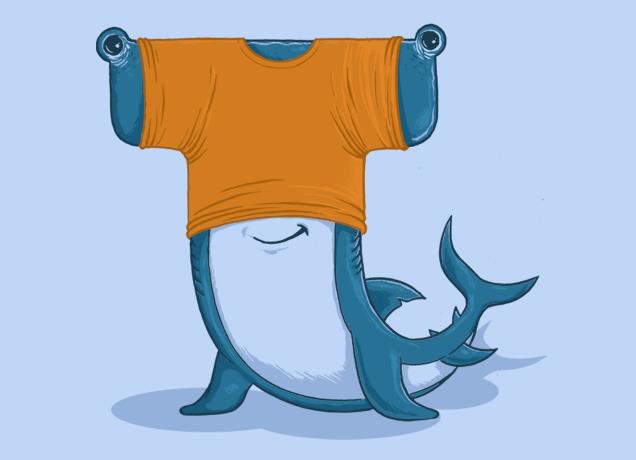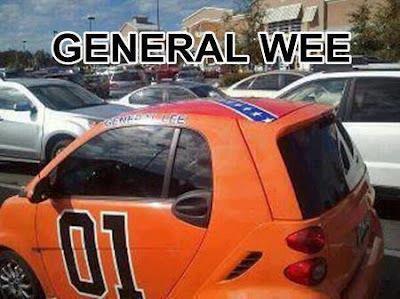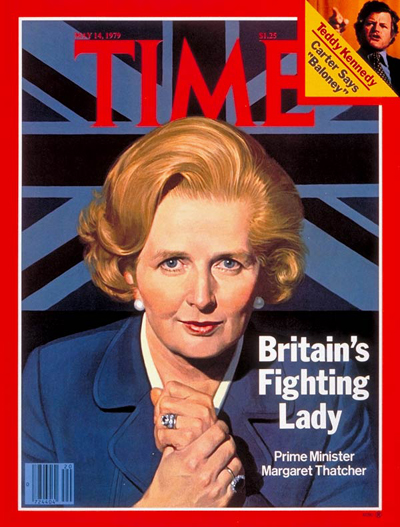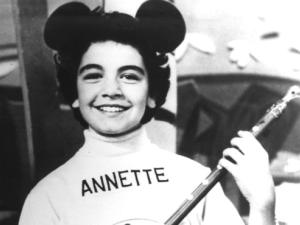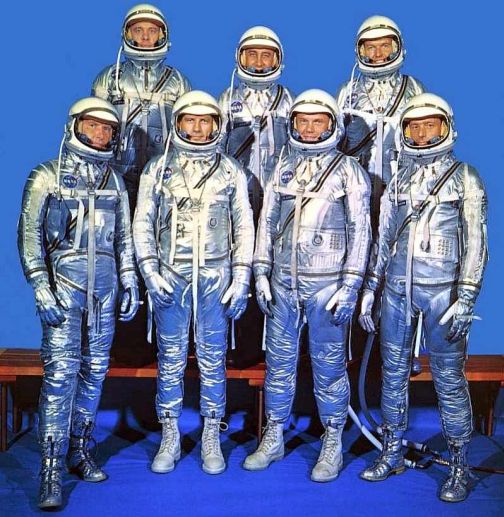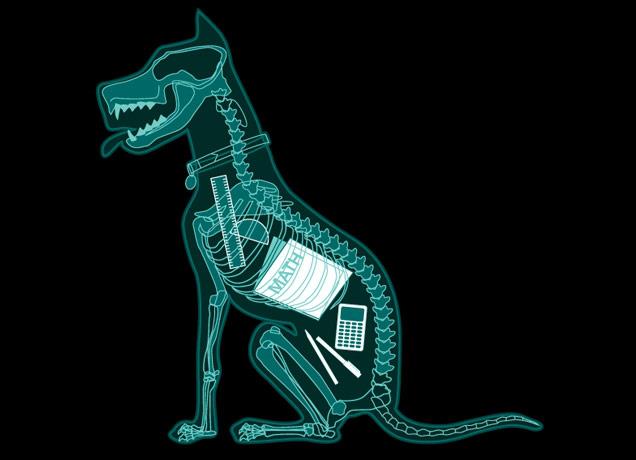Bandstand in the 50s, New Year’s Rockin’ Eves for the past 30 years, Dick Clark has been around and seen (and introduced) it all… he passed away as the “World’s Oldest Teenager” at the age of 82.
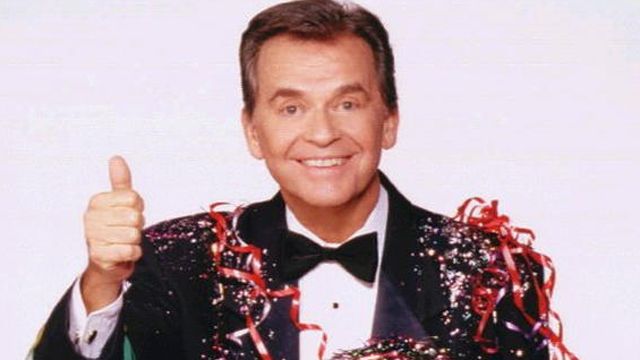
Richard Wagstaff “Dick” Clark (November 30, 1929 – April 18, 2012)
Dick Clark was an American radio and television personality, best known for hosting American television’s longest-running variety show, American Bandstand, from 1957 to 1987. He also hosted the game show Pyramid and Dick Clark’s New Year’s Rockin’ Eve, which transmitted Times Square’s New Year’s Eve celebrations worldwide.
As host of American Bandstand, with his strong communication skills, Clark was a “primary force in legitimizing rock and roll,” not only to teenagers, but also to America’s adult population. The show gave many new music artists their first exposure to national audiences, including Ike and Tina Turner, Smokey Robinson and the Miracles, Stevie Wonder, Talking Heads and Simon & Garfunkel. His shows were among the first where blacks and whites performed on the same stage and the live audience seating was desegregated. Singer Paul Anka claimed that Bandstand was responsible for creating a “youth culture.” Due to his youthful appearance, Clark was often referred to as “America’s oldest teenager”.
As a successful businessperson, he served as chairman and chief executive officer of Dick Clark Productions, part of which he sold off in his later years. He also founded the American Bandstand Diner, a restaurant chain modeled after the Hard Rock Cafe. In 1973, he created and produced the annual American Music Awards show, similar to the Grammy Awards.
Clark suffered a massive stroke in December 2004. With speech ability still impaired, Clark returned to his New Year’s Rockin’ Eve show on December 31, 2005/January 1, 2006. Subsequently, he appeared at the Emmy Awards on August 27, 2006, and every New Year’s Rockin’ Eve show through the 2011/2012 show. Clark died on April 18, 2012, after suffering a heart attack following a medical procedure.

